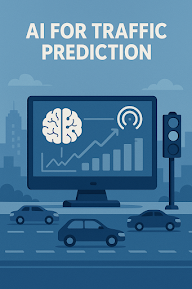When the majority of the population visualizes the analysis of data, it is the image of a person typing rapidly, running some complicated code, and immediately getting the knowledge.
That is all there is to the story.
As a matter of fact, data analysis is more of a thought process, rather than a typing process.
There is much deep thinking, research and thought behind every significant revelation.
We should take a closer look at what data analysis is.

Data Cleaning
This is where the majority of time is spent 80% of the job.
It takes analysts hours to eliminate duplication, correct inconsistency and arrange sloppy data.
Any accurate report or model is based on clean data.
Understanding the Business
Numbers do not mean a lot out of the context.
A good analyst knows the objectives, target audience and business of the company.
It is only at that point that data can be converted into insights that would actually contribute to the growth of the business.
Exploring the Data
Analysts examine data both visually and statistically before making any conclusions.
They seek trends, patterns and outliers.
This data analysis, which is an exploratory one, assists in showing what is actually happening behind the scenes.
Curiosity is the first step to great data analysis.
The most effective analysts do not simply run reports, but they also ask why, what-if and how.
The question that is right, frequently results in the greatest revelation.
Handling Missing Data
The data of the world is hardly ideal.
It contains gaps, errors and missing values.
The analysts have to make decisions on how to address those issues without distortion of results.
Building Models
After the data is prepared, statistics or machine learning models can be used by analysts to discover some patterns or make predictions.
However, it is not merely to model, but to model that is rational and that is justified through reason.
Statistics do not speak the whole truth.
Analysts explain what the numbers represent and how they are related to business decisions.
This action makes analysis a reality.

Communicating Clearly
An excellent analyst is one who is able to interpret complicated results in a simple language.
They prepare images, briefs, and narratives that enable the decision-makers to perceive the insights in brief and assurance.
Mastering Tools
Such tools as Excel, SQL, Power BI, Python, and R are significant but do not replace expertise.
They are merely tools which enable analysts to work smarter and quicker.
The real worth is in the application of these tools in resolving real problems.
Continuous Learning
The information is never stagnant and neither is the equipment.
Good analysts never stop learning – they are learning new methods, trying them out and making their trade better.


